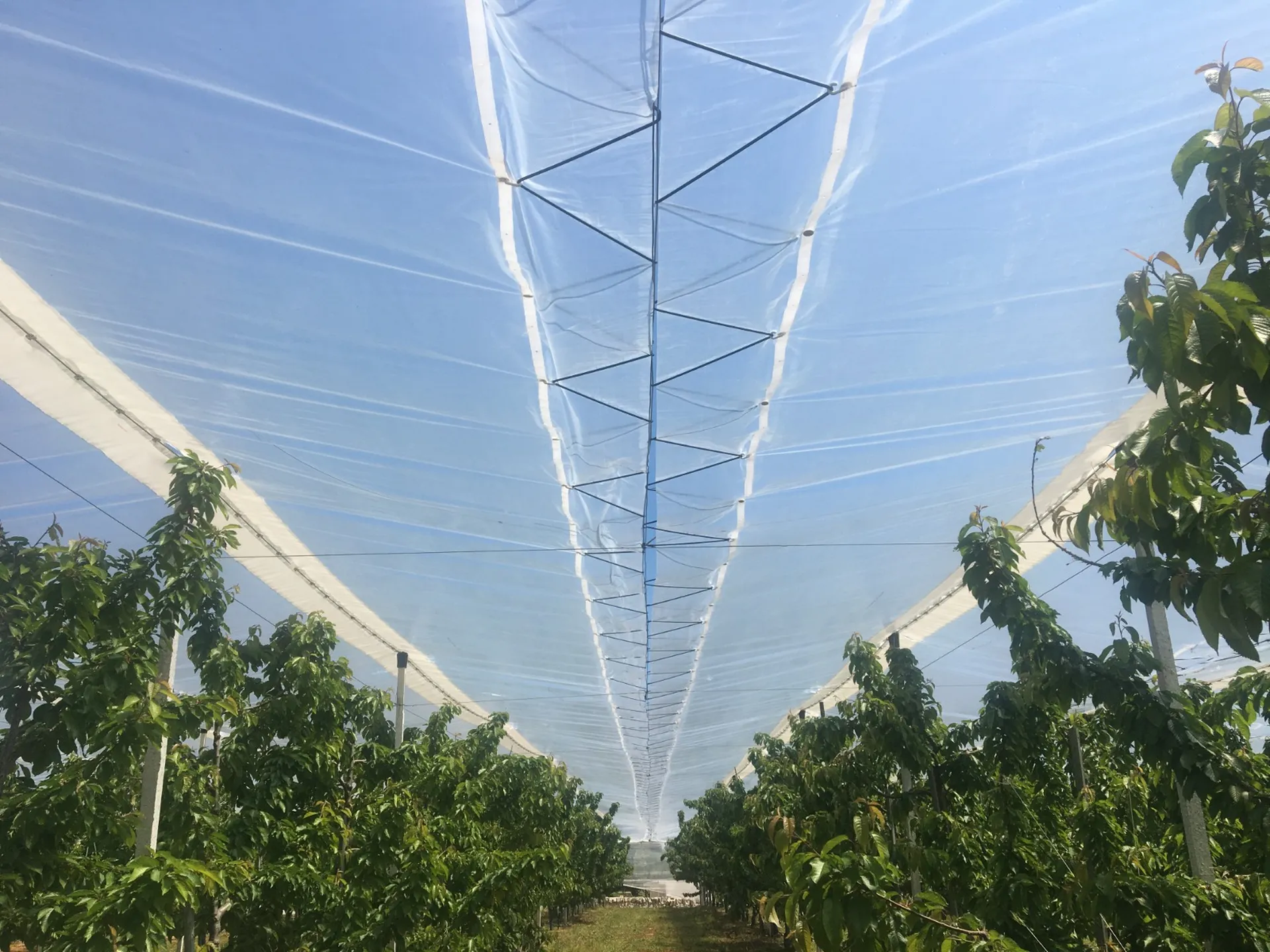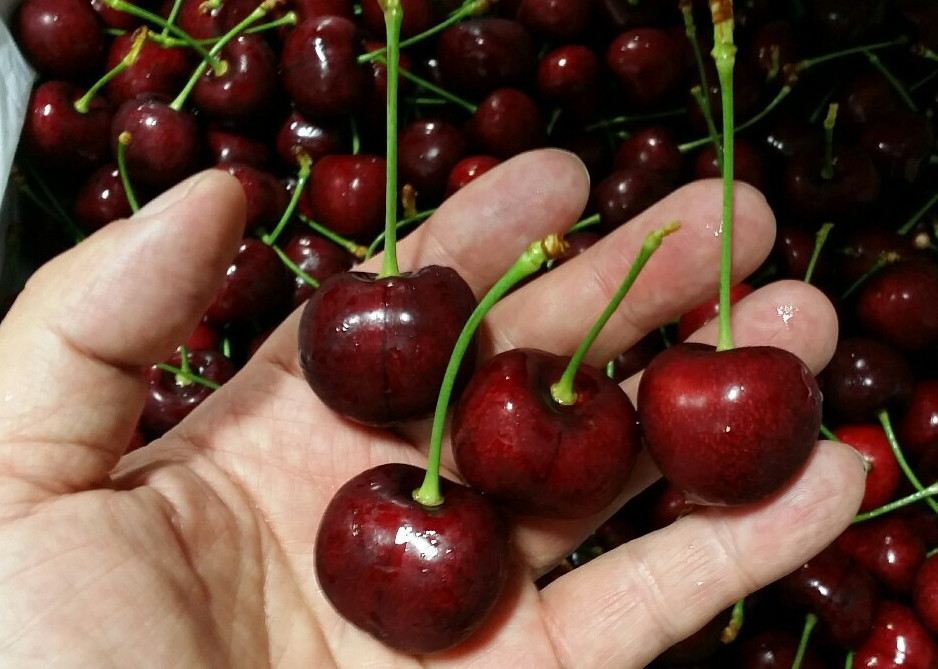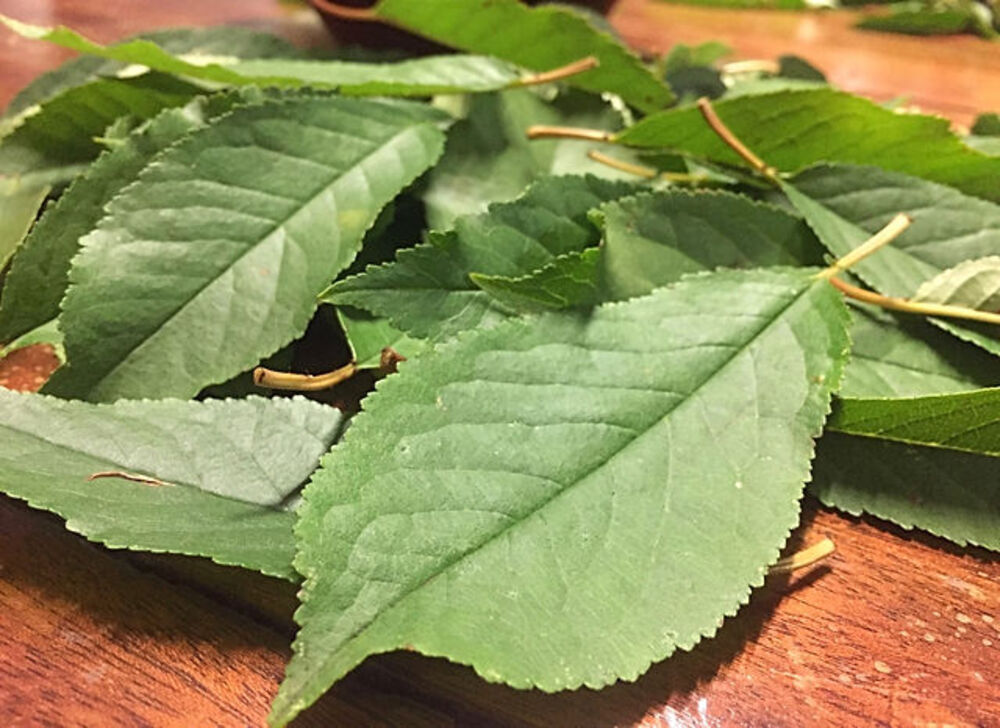Dr. Richard Bastías, a professor in the Department of Plant Production at the Faculty of Agronomy of the University of Concepción, along with agricultural engineer Ignacio Urra, has initiated an R&D contract to study and define the techniques that cherry producers in Osorno, in the Los Lagos Region, will use to improve production of their covered orchards.
It is well known that Chile is the leading country in the Southern hemisphere for cherry exports, with volumes exceeding 400,000 tons, with production mainly concentrated between the O'Higgins and Maule regions. However, recently this sector has also expanded to the far south of Chile, where climatic conditions are more complex, but offer farmers in that area an alternative for greater profitability.

In Osorno, cherry production takes place under protective covers, as producers are required to use them due to the climatic conditions; this is one of the reasons why experts from Agronomy UdeC will have to conduct studies to achieve improvements in production and marketing.
Research Project Objectives
"We are visiting three producers who have extensive cherry orchards, and we will conduct research tests with them. This is new for us, as it is the first time that the University of Concepción is working in the Los Lagos Region on this subject, which presents a different production reality and climatic conditions; therefore, it is very interesting for us as a university to be here supporting these cherry producers," stated Dr. Richard Bastías, adding: "The other innovative aspect we are addressing is how to improve the quality and characteristics of cherries produced under covers, particularly by increasing sugar levels in the fruit."

The work being done by the experts results from an agreement between UdeC and the company AcciónFruit, which allows for assistance to a Technology Transfer Group (GTT) of cherries in Osorno. "We are exchanging opinions, techniques, and learning because for us, as university researchers, it is essential to expand our relationship with this productive sector. Mutual learning also allows us to transfer this knowledge and experience to the teaching processes of our agronomy students, providing them with new professional opportunities."
Quality Improvement Techniques
With the initial diagnosis work, the goal is to provide the best alternatives for quality production. "For instance, we need to specify the management of opening and closing techniques of the covers, and through tree physiology management, resolve the issue of low sugar levels in cherries under these climatic conditions, attributed to the reduced availability of sunlight in the area, characterized by many cloudy days. This problem is further accentuated by the use of covers to protect the fruit from rain, hail, and other conditions, which further limit the sunlight available to the trees, restricting their photosynthetic potential. We will study various techniques to address these issues," explained Dr. Bastías.

So far, the work conducted includes the physiological management of the trees, including plant diagnosis through light, temperature, and relative humidity sensors, among other factors. "Additionally, we are testing various physiological management techniques to try to improve the sugar content of cherries to restore their flavor, as cherries are appreciated primarily for their taste," the expert emphasized.
Cherry Times - All rights reserved















